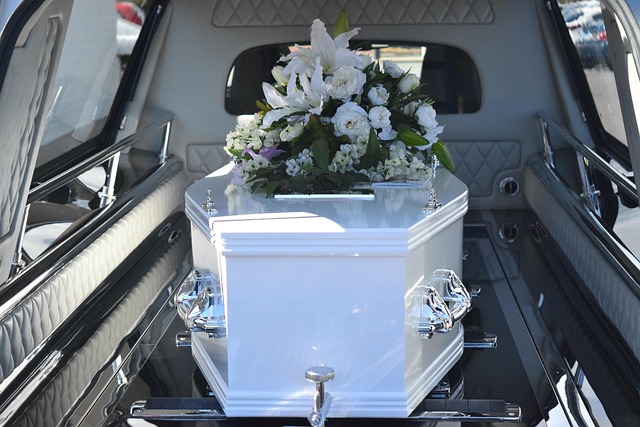Welham Jones
https://welhamjones.co.uk/wp-content/themes/welham-jones/img/logos/supersonic-playground-logo.png
300
80
Welham Jones
Why was cremation controversial?
Although cremation is widely accepted today, its roots in the UK are marked by religious opposition and social taboo. The concept of cremation dates back to ancient civilisations — the Greeks and Romans both practiced it widely. It is even referenced in the Bible, with perhaps the most well-known example being Abraham’s preparation of a funeral pyre for Isaac in Genesis and in Hinduism, cremation has always been the norm.
However, with the rise of Christianity and its core belief in bodily resurrection, cremation fell out of favour. By the fifth century, it had almost entirely disappeared. The Roman Catholic Church’s Code of Canon Law forbade the practice outright. In 1886, the Church officially rejected cremation, linking it to heretical movements that sought to deny the resurrection. This stance was upheld in the 1917 Code of Canon Law, which stated that those who were cremated must be denied a church funeral.
Britain’s first cremations
The resurgence of cremation in Britain began in the 17th century, but it was in the 19th century that attitudes first began to shift. In 1869, the Medical International Congress in Florence discussed cremation as a public health measure. Sir Henry Thompson, surgeon to Queen Victoria, became a key advocate for the practice. He published articles extolling the virtues of cremation – from reducing funeral costs to using ashes as fertiliser. In 1874, he founded the Cremation Society, which acquired land in Woking for Britain’s first crematorium.
In 1884, after a high-profile trial, cremation was ruled legal in Britain, provided no nuisance was caused.
On March 26, 1885, the first official cremation of a Mrs Jeannette Pickersgill took place at Sir Thompson’s Woking crematorium, marking a turning point in British funeral practices
Acceptance by the mainstream religion
The Church of England initially opposed cremation, but over time, attitudes began to change. By the early 20th century, some religious groups began to accept cremation as a respectful and hygienic option. World Wars I and II also influenced public acceptance; the practical and logistical challenges of burying large numbers of war dead helped normalise cremation.
In 1963, the Vatican formally lifted its ban on cremation for Catholics, provided it wasn’t chosen as a denial of faith in the resurrection. In 1967, for the first time, cremations outnumbered burials in the UK.
Why cremation is now the most popular choice
Cremation has become the preferred option for the majority of UK families (79%), and there are several key reasons behind its rise in popularity:
- Cost-effectiveness: Cremation is generally less expensive than traditional burials, which often involve costs related to burial plots, headstones, and ongoing grave maintenance.
- Environmental considerations: Many people see cremation as a more environmentally friendly choice compared to burial and shortage of land
- Flexibility and convenience: Cremation offers families more options in terms of timing, location, and personalisation of memorial services. Ashes can be kept, scattered, or interred in a variety of meaningful ways – or even turned into keepsakes.
- Urbanisation and limited space: With growing urban populations, space for traditional burials is increasingly limited, especially in city cemeteries and in high-density areas, such as West Kent and Southeast London.
- Changing religious views: As religious institutions have become more accepting of cremation and society grows more secular, fewer people see burial as a spiritual necessity.
This combination of practical, emotional, and environmental factors has helped make cremation the leading choice for end-of-life arrangements in the UK.
What does a modern cremation look like?
Cremation involves several steps: registering the death, securing medical certificates, choosing an approved coffin for cremation, and deciding on a service style. Services can be religious, non-religious, or completely personalised.
Cremated remains can be scattered, buried, stored in an urn, or kept in a family plot. And yes — families can choose whether or not to have the curtains close at the end of the service.
The journey of cremation from taboo to tradition reflects a deeper truth — that saying goodbye should be personal, meaningful, and rooted in love, not convention.
If you’re navigating loss and want to honour a loved one in a way that truly reflects their life, our caring team at Welham Jones is here to guide you through every step. Get in touch with us today to talk about your options.






